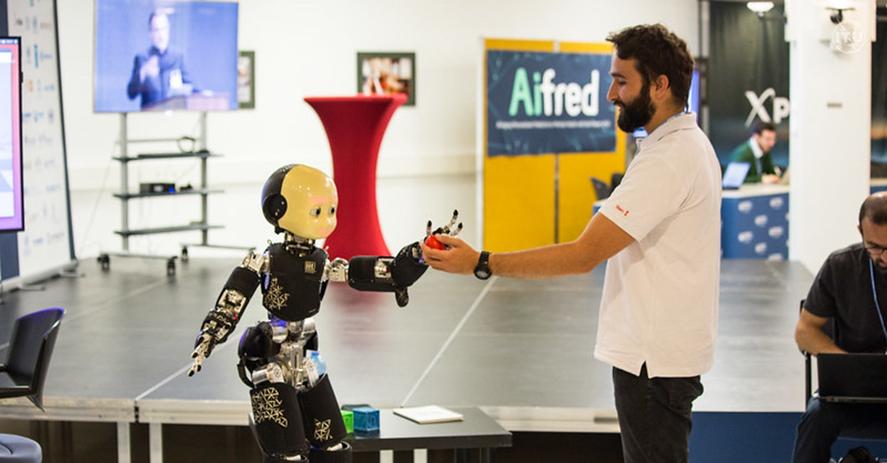More from UN DESA

ECOSOC examines AI to advance sustainable development
Artificial intelligence (AI) has become a powerful social and economic force, influencing industries and the job market around the globe. AI, which involves machines simulating human intelligence processes, includes a variety of technologies such as machine learning, natural language processing, computer vision, and robotics. These frontier technologies have the capacity to transform how we tackle complex societal issues, including those outlined in the Sustainable Development Goals (SDGs).
As we move closer to achieving the SDGs, it is becoming more urgent to grasp the potential opportunities and risks of AI. AI technologies could accelerate progress towards the Goals by enhancing efficiency, innovation, and decision-making across various domains. From health care and education to environmental conservation and poverty eradication, AI holds the promise of unlocking new solutions and pathways for sustainable development. But it also demands careful consideration of its potential risks and challenges.
A special meeting for the Economic and Social Council (ECOSOC) on “Harnessing Artificial Intelligence for Sustainable Development Goals” seeks to explore the intersection of AI and the SDGs. By bringing together expertise from diverse stakeholders from governments, international organizations, UN system, academia, civil society, the private sector, technical standards organizations and AI experts, the meeting aims to foster dialogue, collaboration, and knowledge-sharing on leveraging AI for sustainable development.
Through panel discussions, presentations and interactive sessions, participants will examine key issues, share best practices, and identify strategies to maximize the positive impact of AI on the SDGs, while mitigating potential risks and challenges. By catalyzing collective action, the meeting aims to contribute to advancing the 2030 Agenda for Sustainable Development in the era of AI.
Photo Credit: ITU
 Welcome to the United Nations
Welcome to the United Nations